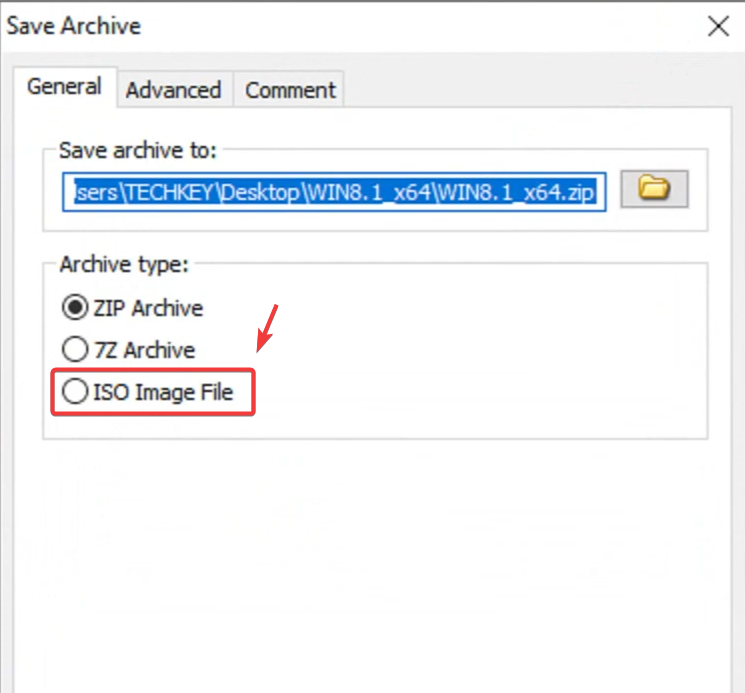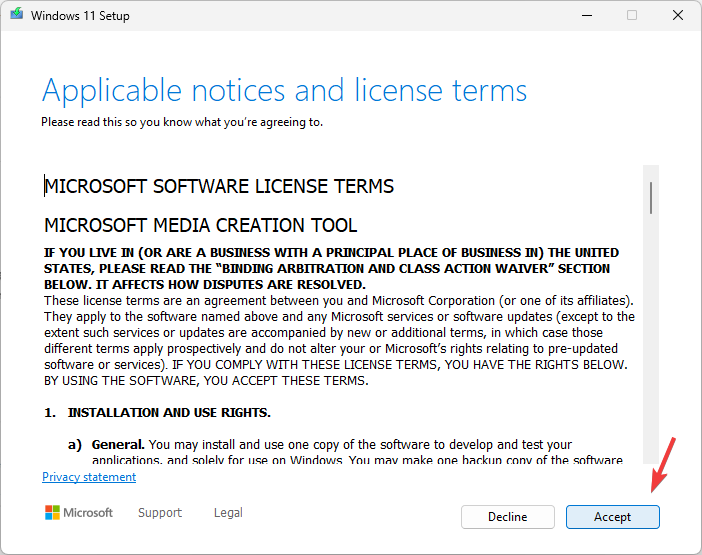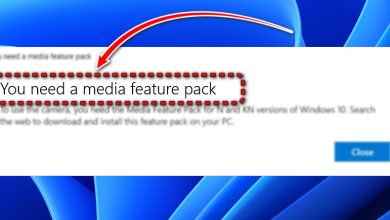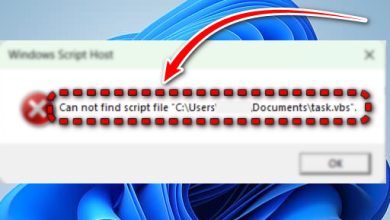How to Fix Rufus Error ISO Image Extraction Failure?
ISO image extraction failure typically means that the extraction process was interrupted. This can happen due to issues with disk read/write permissions, problems with the ISO file itself, or an issue with a faulty USB port.

Fortunately, you don’t have to pinpoint the exact cause. By following the solutions below, you can resolve the issue whether it’s a problematic ISO file or insufficient permissions causing the problem.
First, ensure you’ve downloaded the Windows ISO file from the official Microsoft site. If you haven’t, do so before proceeding with the solutions. If the issue continues, try the following solutions.
1. Re-create the ISO File
To work around the permission issue or any other problem, you will need to re-create an ISO file using the source ISO file downloaded from the Microsoft website. This involves extracting the source ISO file and then creating a new ISO file using the essential Windows setup files. This method will help resolve the issue without needing to identify the root cause.
- Download the WinArchiver installer from the provided link.

- After downloading, run the installer and follow the on-screen instructions to install WinArchiver.
- Once installed, right-click on the ISO file and select Mount.

- In the mounted directory, delete the inf file.
- Press Ctrl + A to select all files, then right-click, hover over WinArchiver, and click Add to Archive.

- In the archive settings, select ISO Image File as the archive type and click OK to create a new ISO file.

- You can choose a different location to save the new ISO file if you wish.
- Once the ISO file is created, download Rufus from the provided link.
- Open Rufus after installing it.
- Click Select and navigate to the directory where you saved the new ISO file, and select it.
- Under Device, choose the correct USB device.

- Click Start to create a bootable USB device.
2. Switch the USB Port to 2.0
If you’re using a 3.0 USB port, try plugging the USB into a 2.0 port to ensure better compatibility, especially if you’re using an older USB device or system. A 2.0 USB port provides reliable data transfer, thereby avoiding compatibility issues that might occur during the extraction process when using a 3.0 port.
3. Use an Outdated Version of Rufus
After re-creating the ISO file and switching the USB port, if the issue persists, it could indicate a problem either with Rufus or the ISO file, potentially corrupted during download. To diagnose this, try installing an older version of Rufus.
- Visit the official Rufus website to download an older version.
- Scroll down to the Downloads section and click on Other Versions (GitHub).

- You’ll see a list of all the older Rufus versions. Download one and try creating the bootable USB drive with it.
4. Re-download the ISO File
Sometimes, the ISO file can become corrupted during the download process. Since we’ve already tried the essential solutions, it suggests there might be a problem with the ISO file itself that’s preventing Rufus from extracting it. By re-downloading the ISO file, you can ensure it’s not the source of the issue.
- Go to the Official Microsoft website and follow the instructions there to download the Windows 10 or 11 ISO file.

- Once downloaded, select it within Rufus and check if the error is resolved.
5. Use the Media Creation Tool
If the problem persists and you need to install Windows urgently, it’s advisable to avoid using Rufus at this moment. Instead, use the Media Creation Tool to create a bootable USB drive. However, if you still prefer using Rufus, consider using a different USB drive, as the current one could be the reason Rufus isn’t completing the extraction process.
- Download the Media Creation Tool from the link provided.

- Once downloaded, run the tool and follow the on-screen instructions to create a bootable USB drive.

- Once complete, you can proceed to install Windows.




